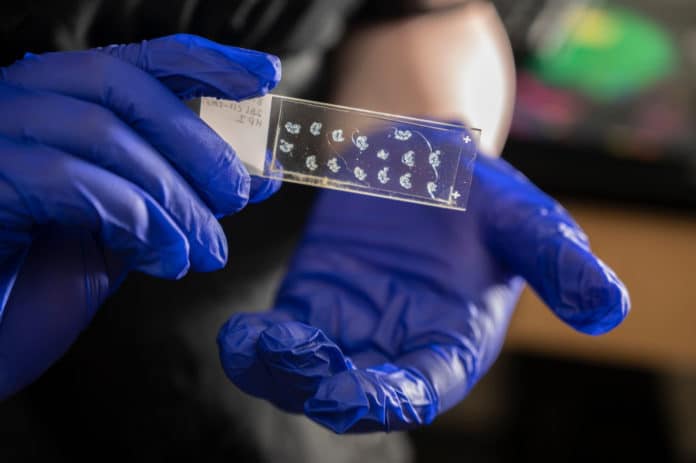Chronic skin itching is a significant clinical problem driven by underlying medical conditions in the skin, liver, or kidney. Between 10 and 20% of people in developed countries suffer from dermatitis.
Because of a limited understanding of itch mechanisms, there is no effective treatment for most patients.
Until now, it was considered that the mechanisms of skin itch the same. But, a new study uncovered differences in itch in non-hairy versus hairy areas of the skin. This discovery could pave the way towards effective treatments for patients suffering from persistent skin itching.
Two different stimuli from the nervous system trigger the itch sensation through sensory nerves in the skin: chemical and mechanical. Scientists identified a specific neuron population that controls itching in ‘glabrous’ skin: the smoother, tougher skin found on the palms of hands and feet soles.
Since many biological mechanisms underlying itch is similar in mice and people, most itch studies rely on mice testing. In this study, scientists used mice in their lab to activate or block these neurons.
They found that the actual neurons that send itch are different populations. Neurons in hairy skin that do not sense itch in glabrous skins are one population, and another senses itch in glabrous skins.
Liang Han, an assistant professor in the Georgia Institute of Technology‘s School of Biological Sciences, said, “I think one reason is that most of the people in the field kind of assumed it was the same mechanism that’s controlling the sensation. It’s technically challenging. It’s more difficult than working on hairy skin.”
This hurdle has been solved by using a new procedure modeled after human allergic contact dermatitis. Scientists focused on the smooth glabrous skin on tiny mice’s hands and feet. Using genetically modified mice also helped identify the right sensory neurons responsible for glabrous skin itches.
After activating a particular set of neurons that causes itch, scientists observed that biting behavior again modeled, referring to how mice usually deal with itchy skin.
In an experiment, scientists gave a chemical to mice to specifically deactivate an entire line of neurons. Focusing on three previously known neuron mechanisms related to itch sensation found in hairy skin, they found that two of the neurons, MrgprA3+ and MrgprD+, did not play essential roles in non-hairy skin itch, but the third neuron, MrgprC11+, did.
Removing it reduced both acute and chronic itching in the soles and palms of test mice.
This study is expected to offer treatments that will turn off those itch-inducing neurons, perhaps blocking them in human skin.
Han said, “In the future, We would like to investigate how these neurons transmit information to the spinal cord and brain.”
Journal Reference:
- Haley R. Steele, Yanyan Xing, Yuyan Zhu, Henry B. Hilley, Katy Lawson, Yeseul Nho, Taylor Niehoff, Liang Han. MrgprC11 sensory neurons mediate glabrous skin itch. Proceedings of the National Academy of Sciences, 2021; 118 (15): e2022874118 DOI: 10.1073/pnas.2022874118
